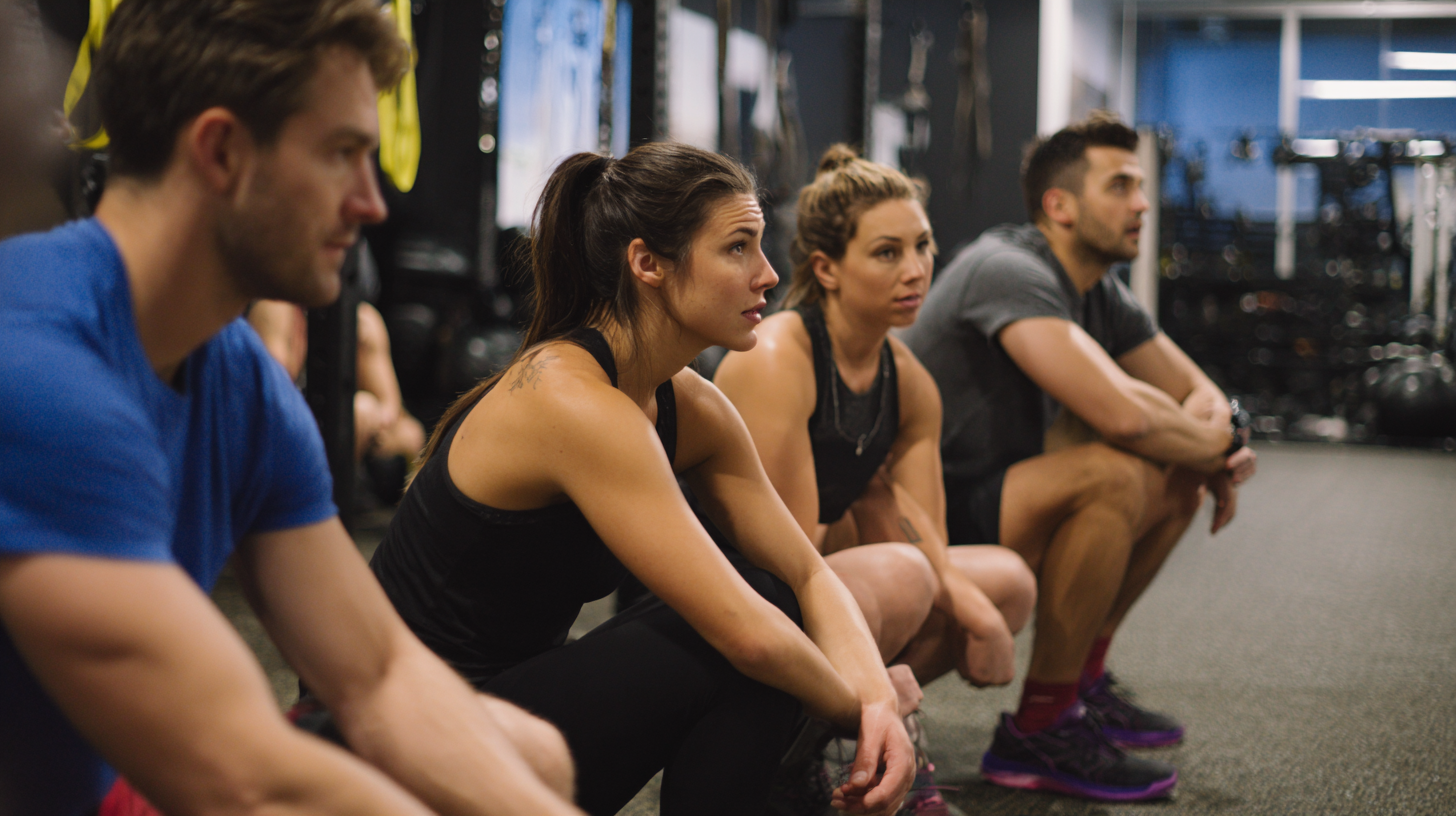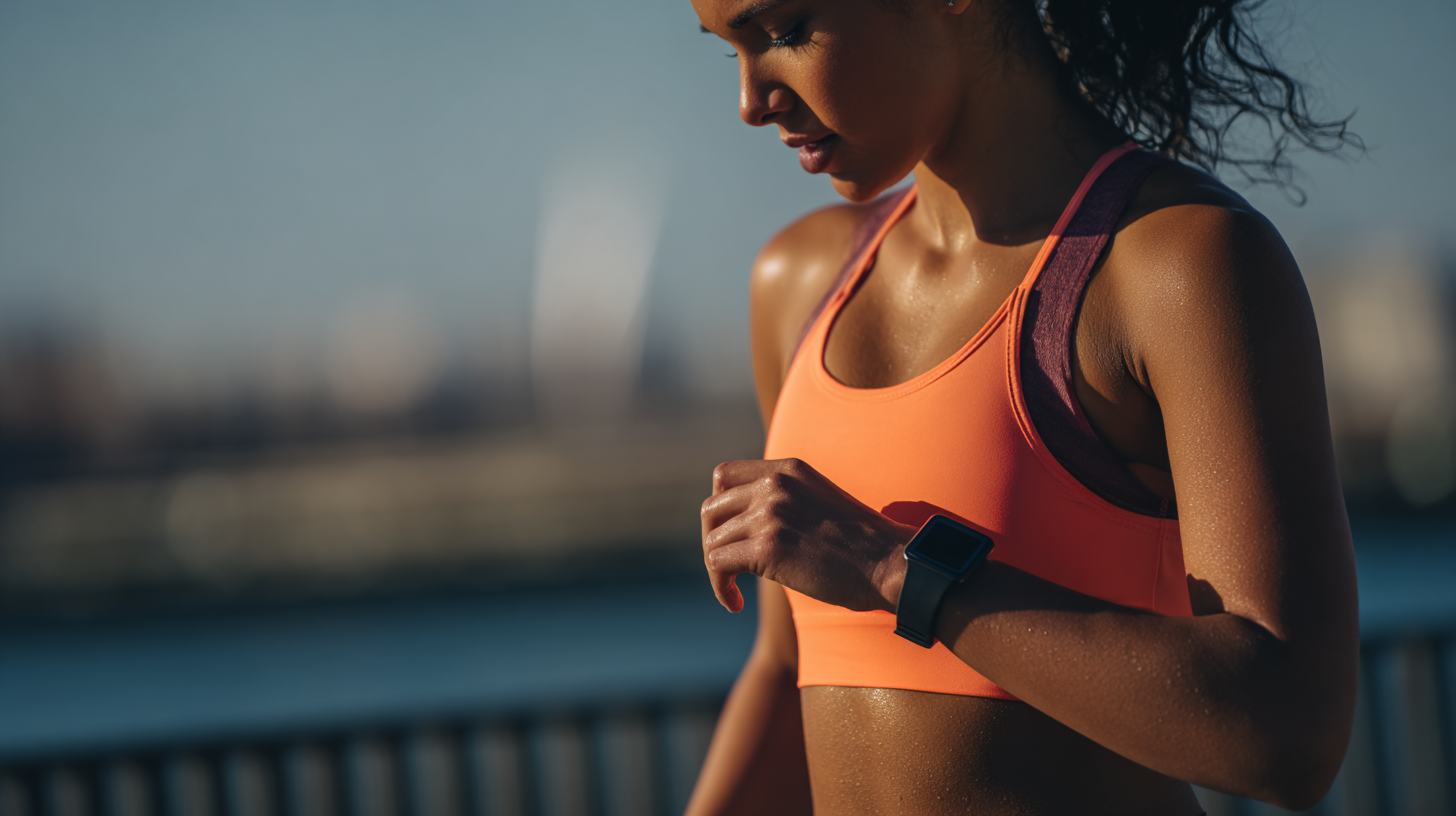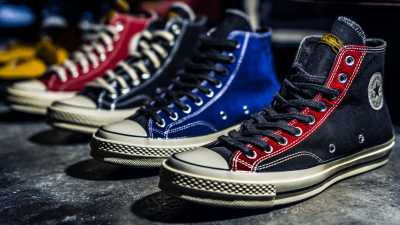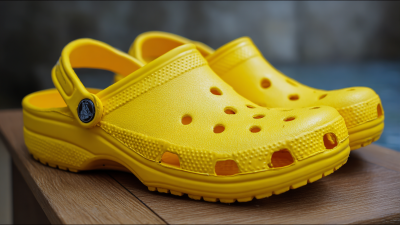
In recent years, the landscape of fitness has undergone a significant transformation, with "trainers" playing a pivotal role in reshaping how individuals approach their workouts. Selecting the right pair of trainers is not merely about aesthetics; it involves understanding the science behind footwear design, performance, and individual needs. Choosing the appropriate trainers can enhance performance, prevent injuries, and elevate the overall workout experience. As more people embrace fitness as a lifestyle, it becomes increasingly essential to comprehend the factors that contribute to effective training. This guide will delve into the various aspects of selecting the ideal trainers, exploring the innovations in footwear technology and the essential considerations that fitness enthusiasts must keep in mind. By understanding these elements, individuals can make informed decisions, ensuring that their trainers support their fitness journey and help them achieve their goals.

Understanding your foot type is essential when selecting the right pair of trainers, as this fundamental aspect directly influences comfort and performance. Different foot types, whether flat, high-arched, or neutral, dictate how weight is distributed and how the foot interacts with the ground. For instance, those with flat feet may benefit from shoes that provide added stability and support to prevent overpronation, while individuals with high arches may require cushioning to absorb impact and ensure a more natural stride.
Moreover, knowing your foot type can significantly enhance your overall training experience. A well-fitted shoe tailored to your unique foot structure not only minimizes the risk of injuries but also improves athletic performance. For example, runners with neutral arches might find that a balance of cushioning and support helps them maintain stability during their workouts. As trainers continue to emphasize the importance of proper footwear, understanding your foot type becomes a critical factor in making informed decisions that can lead to a more enjoyable and successful fitness journey.
 Cushioning in running shoes is critical for comfort and injury prevention. Shock absorption refers to a shoe's capacity to diminish and spread impact forces incurred with each footstrike, playing a vital role in minimizing stress on the joints and muscles. According to extensive testing data, shoes designed to combat overpronation—where the foot rolls inward excessively—can significantly reduce the risk of injuries. The latest findings suggest that well-cushioned models can enhance performance while providing adequate stability, essential for both novice and seasoned runners.
Cushioning in running shoes is critical for comfort and injury prevention. Shock absorption refers to a shoe's capacity to diminish and spread impact forces incurred with each footstrike, playing a vital role in minimizing stress on the joints and muscles. According to extensive testing data, shoes designed to combat overpronation—where the foot rolls inward excessively—can significantly reduce the risk of injuries. The latest findings suggest that well-cushioned models can enhance performance while providing adequate stability, essential for both novice and seasoned runners.
As fitness trainers continue to advocate for optimal footwear, the emphasis on cross-training shoes as versatile, all-in-one options has grown. These shoes excel in various workouts, offering diverse cushioning and support tailored to different activities. This is especially important given that a well-structured running shoe rotation can further enhance performance and injury prevention. Experts recommend maintaining at least three pairs of shoes to help manage wear and adapt to different terrains and workout intensities, ensuring a customized approach to fitness that meets individual needs.
Selecting the right material is crucial in the world of fitness, particularly when it comes to footwear. Breathability and support are often at odds, yet both are essential for optimal performance. Shoes made from breathable materials provide necessary ventilation, allowing feet to stay cool and dry during workouts. This is especially relevant for activities that induce sweat, where moisture management becomes a priority. A shoe that promotes airflow helps reduce the risk of blisters and maintains overall foot comfort.
On the other hand, support is paramount, especially for individuals with specific foot conditions or those engaging in high-impact activities. Shoes designed with adequate arch support and cushioning can prevent injuries and enhance stability. Recent innovations in footwear development highlight this dual necessity, as manufacturers strive to create products that incorporate advanced materials, offering a balance between breathability and support. The ongoing evolution in fitness footwear emphasizes that choosing the right pair is not just about aesthetics but is a science rooted in understanding bodily needs during physical activity.
Selecting the right athletic footwear is crucial for optimizing performance, and understanding how size and shape impact fit is essential for athletes. Proper fit not only promotes comfort during workouts but also minimizes the risk of injury. When shoes are too tight or too loose, they can cause blisters, calluses, or even more severe conditions such as tendonitis. The importance of measuring both the length and width of the foot cannot be overstated, as varying brands may have different sizing standards.

Furthermore, the shape of a person's foot significantly influences the type of footwear required. Feet come in various shapes—neutral, flat, or high-arched—and each type benefits from specific shoe features. For example, runners with flatter arches may need more stability and support, while those with high arches may seek shoes with better cushioning. By evaluating these factors, trainers can guide athletes in selecting suitable shoes that enhance their capabilities, contributing to better performance and overall fitness outcomes.
Recent advancements in shoe technology are transforming the way we approach fitness and performance. The latest sneaker innovation report highlights that tech, sustainability, and AI are integral in reshaping the footwear industry. For example, 3D printing is emerging as a game-changer, providing a sustainable alternative to traditional manufacturing processes. This technology allows for customizable designs that can significantly reduce waste, aligning with the growing demand for eco-friendly products.
When selecting the right pair of shoes, it's essential to consider cutting-edge innovations, such as energy-returning soles and adaptive fit systems that enhance comfort and performance. Latest designs promise to improve focus and reduce fatigue through advanced material technologies. Reports indicate that shoes incorporating brain-boosting features can improve agility and leg strength, providing athletes a significant edge.
**Tips:**
1. Look for shoes with 3D-printed components, as they tend to offer superior fit and durability.
2. Consider footwear designed with adaptive technologies, which can adjust to your foot's movements for enhanced support.
3. Prioritize eco-friendly options, as sustainable materials are gaining traction in the industry and contribute positively to the environment.
| Feature | Description | Importance | Innovative Technology |
|---|---|---|---|
| Cushioning | Provides comfort and shock absorption during impact. | Reduces injury risk and enhances comfort. | Air cushioning systems |
| Breathability | Allows air circulation to keep feet cool and dry. | Prevents overheating and blisters. | Mesh uppers with moisture-wicking properties |
| Arch Support | Provides support for the arch of the foot. | Enhances stability and comfort during movement. | Custom orthotic options |
| Traction | Ensures grip on various surfaces to prevent slips. | Improves safety and performance. | Rubber outsoles with specialized tread patterns |
| Weight | The overall weight of the shoe impacts performance. | Lighter shoes can enhance speed and agility. | Lightweight foam materials |






